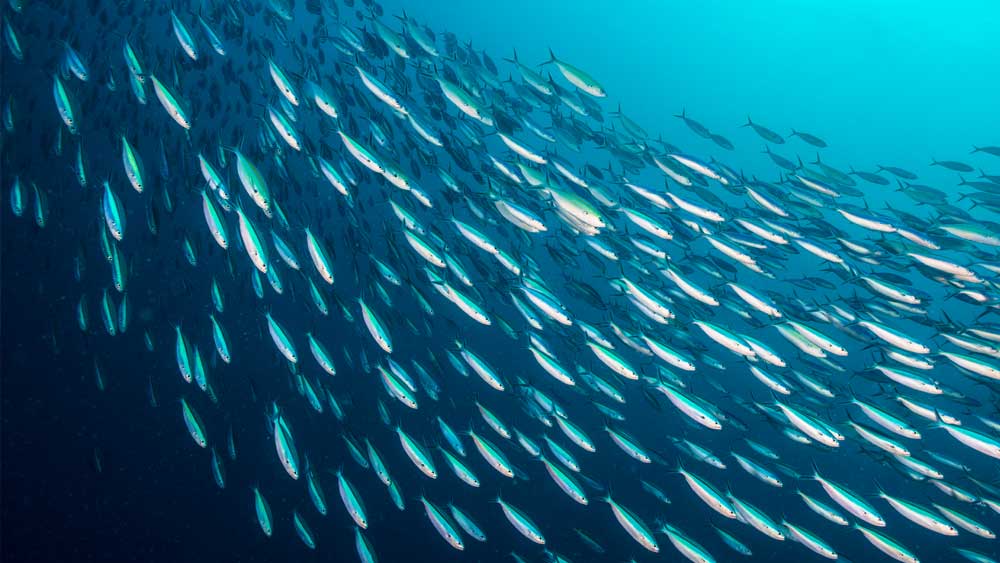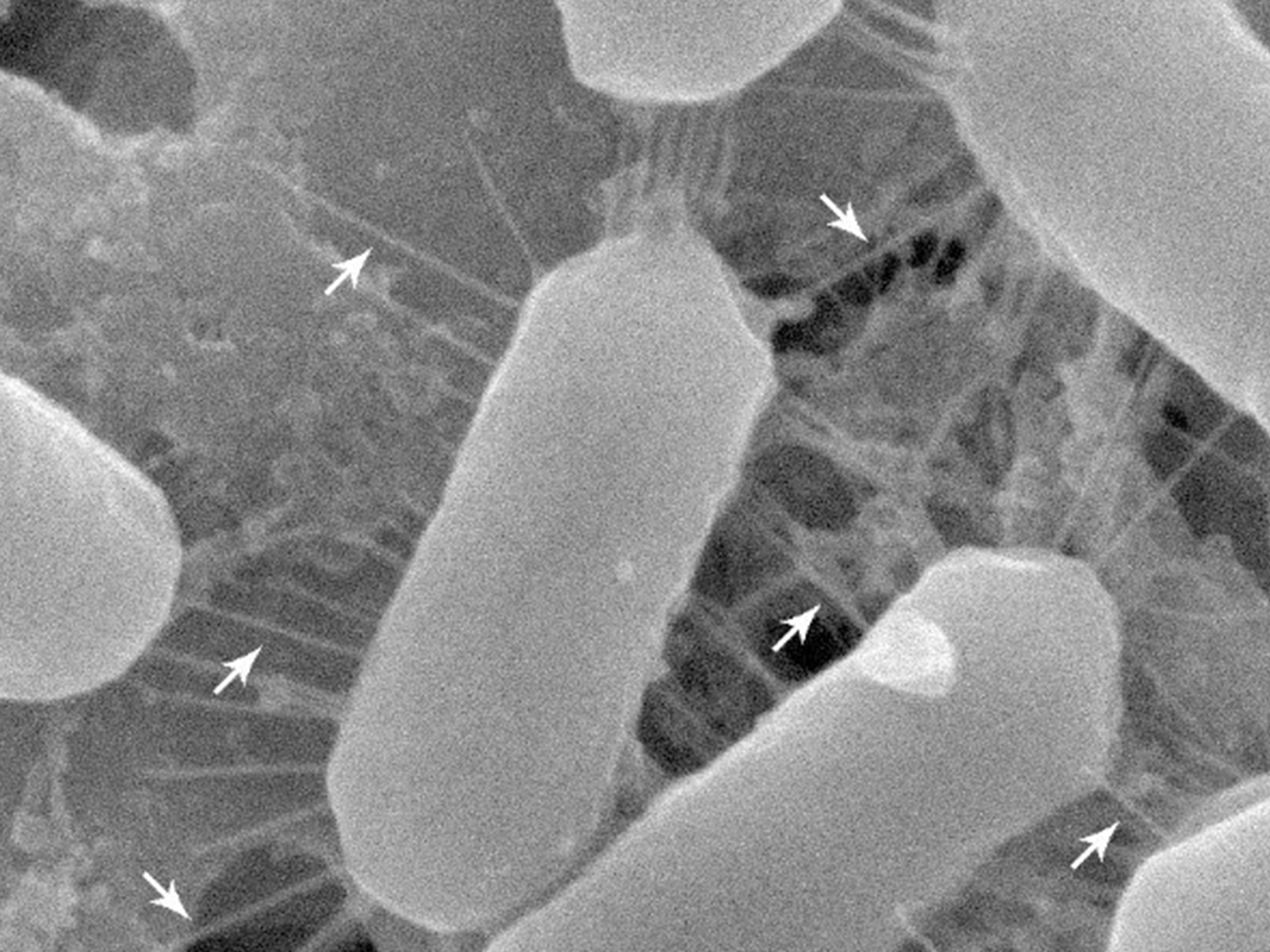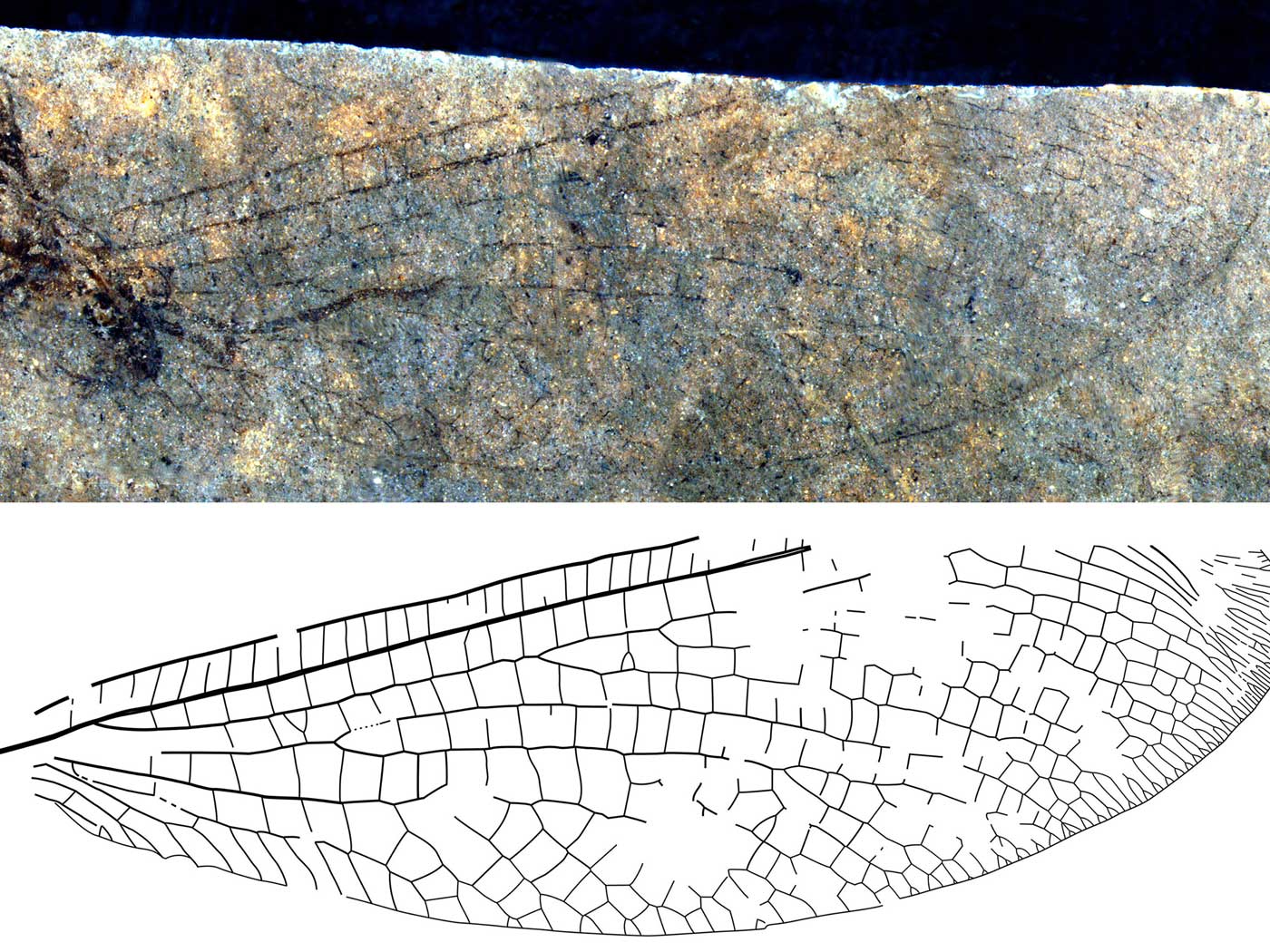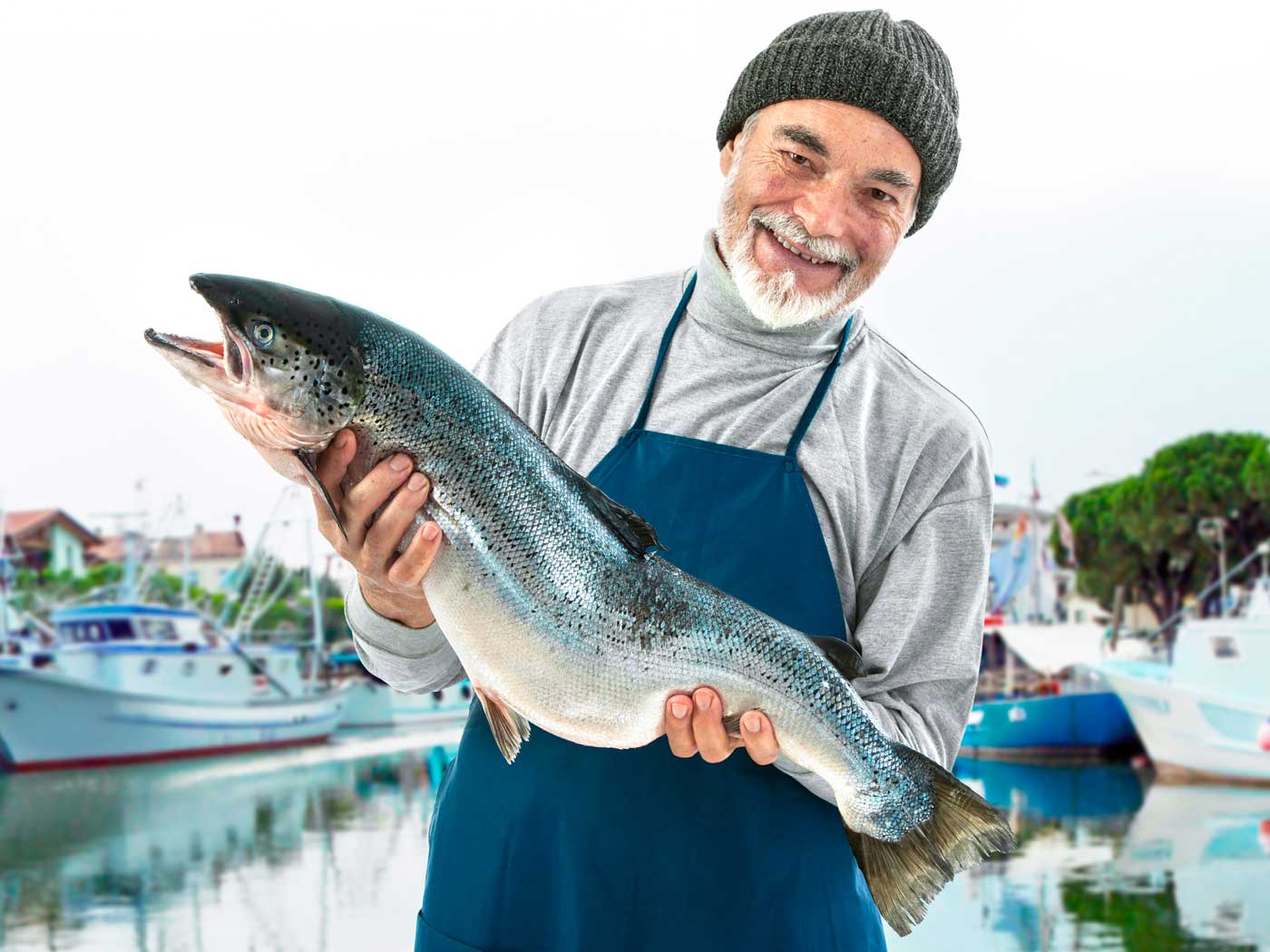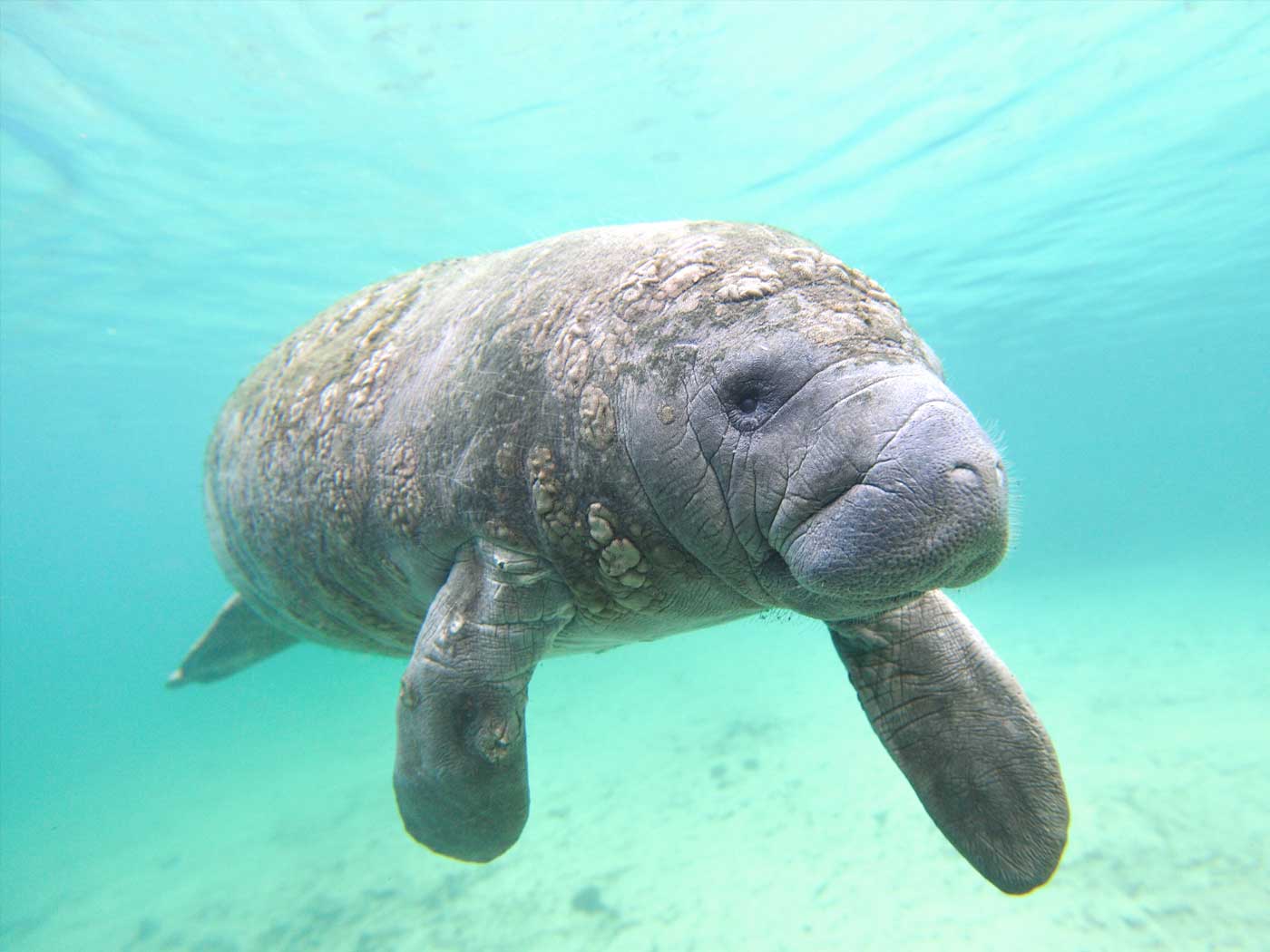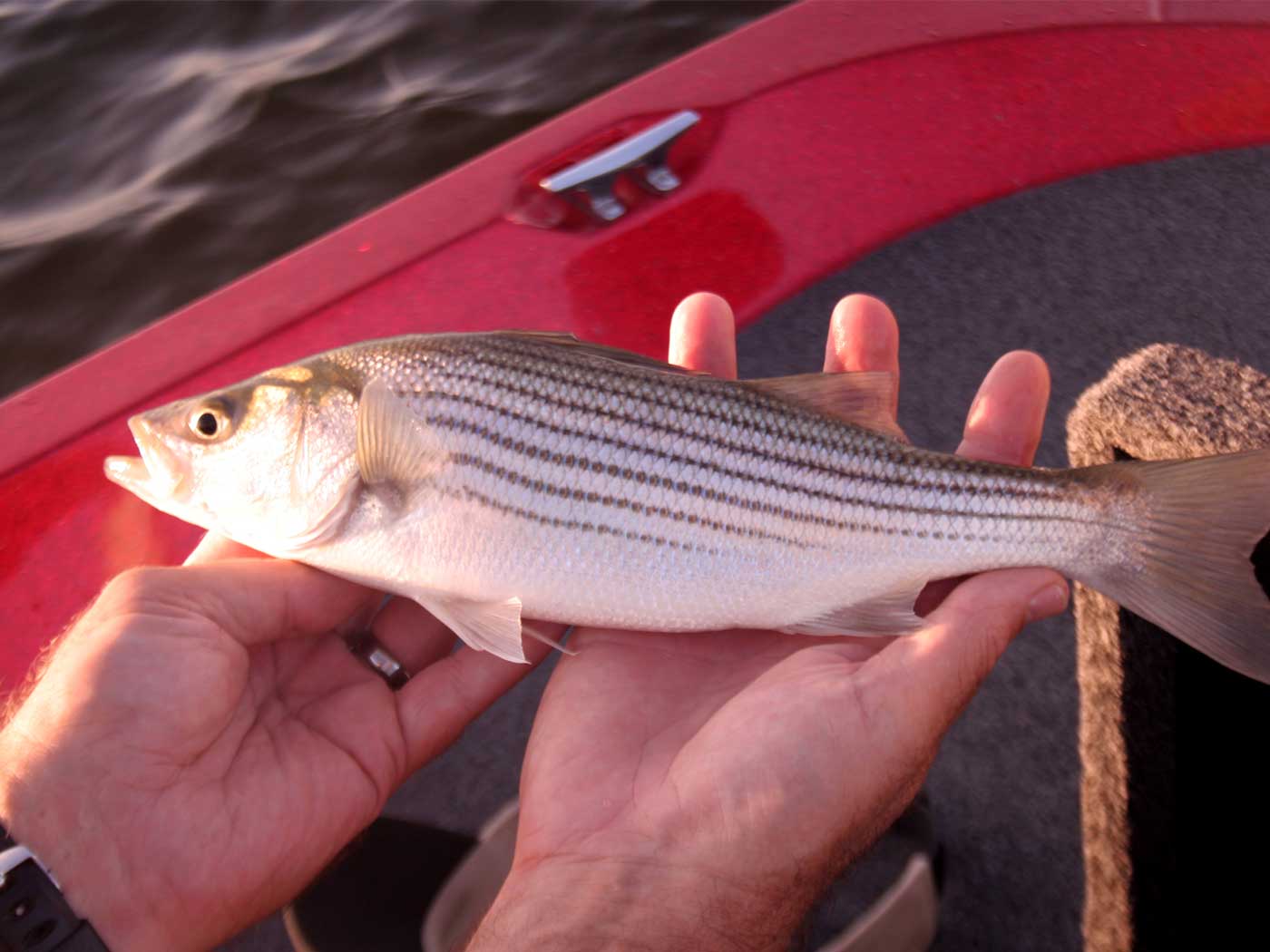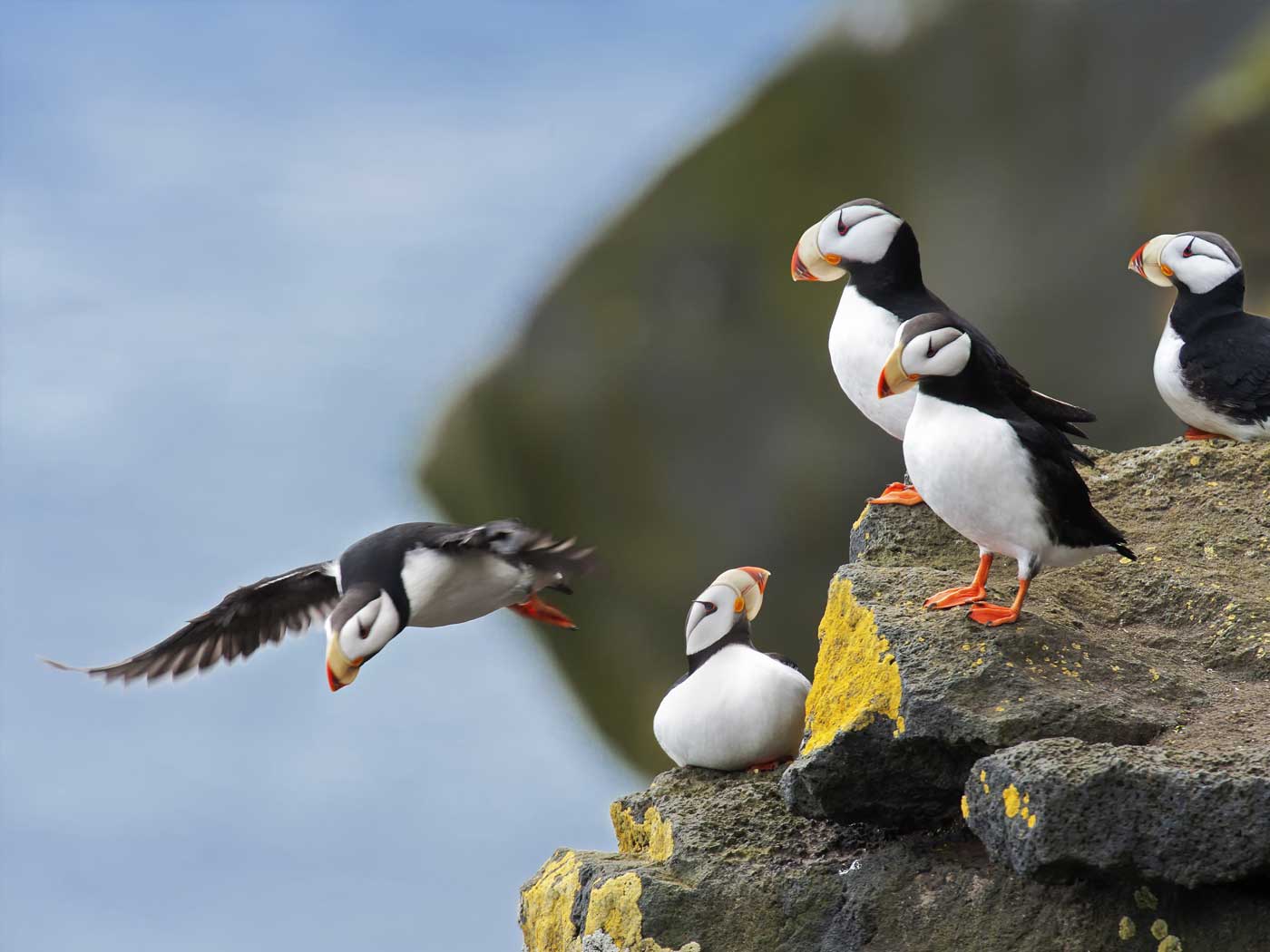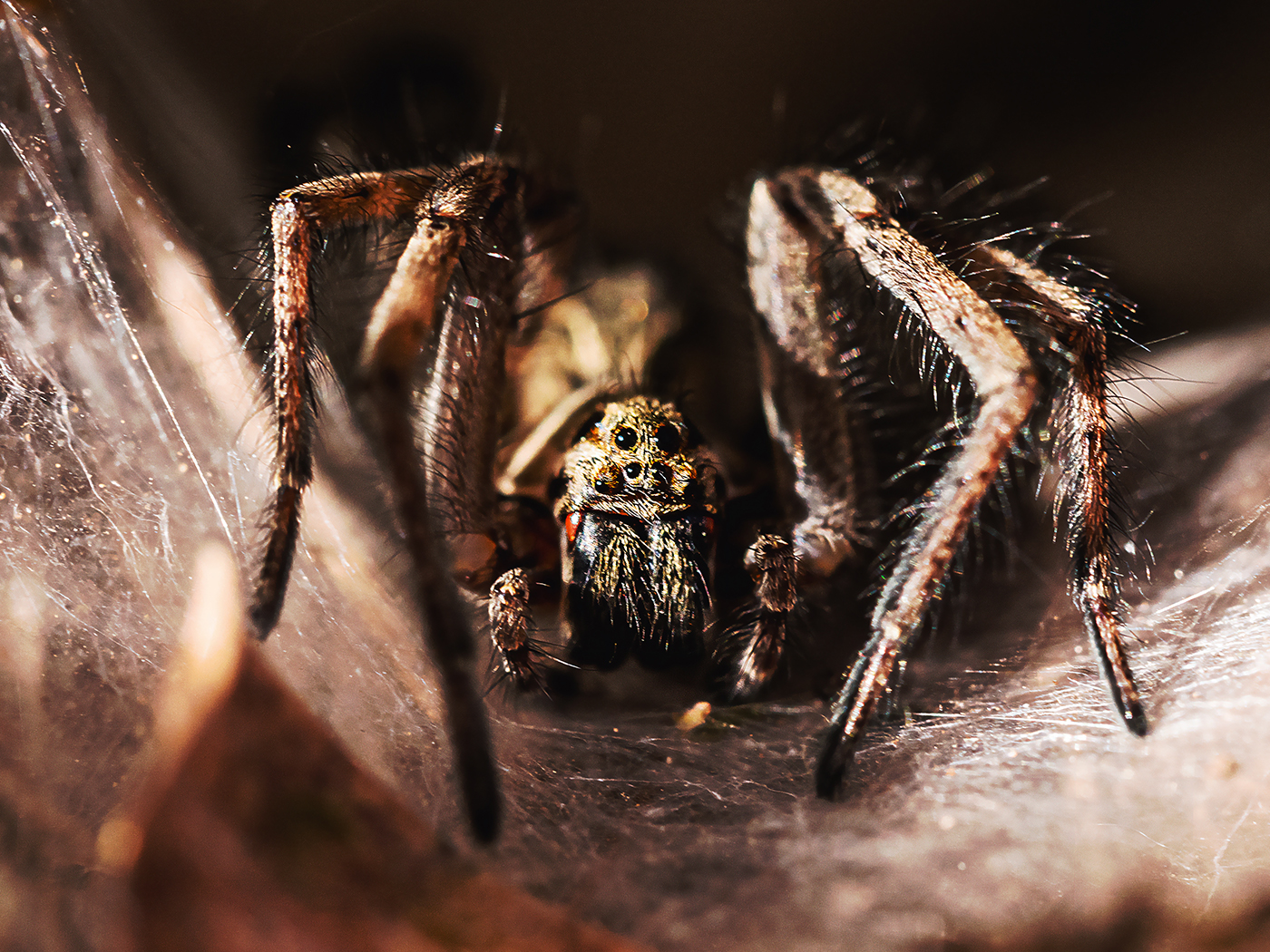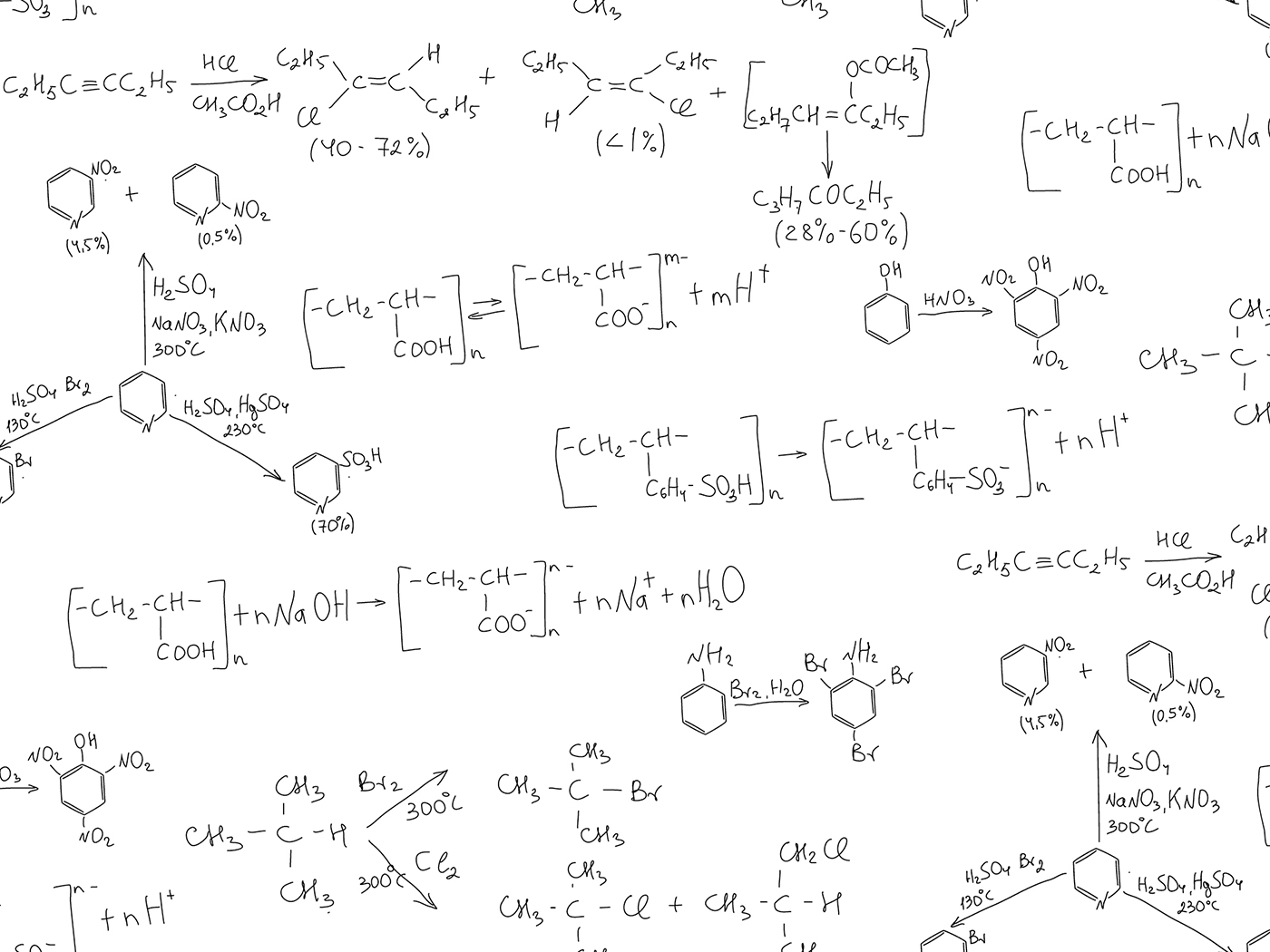Human-designed airplane wings have a rounded leading edge combined with a smoothly tapered trailing section that is uniquely shaped to reduce drag while moving through the air at high speed. Over the years, scientists have been studying the design of both birds and fishes to maximize human-engineered systems for moving airplanes rapidly and efficiently.2 However, researchers wanted to know more about how fish body design enabled them to use their unique shape to efficiently produce high levels of thrust during high-speed propulsion. They were already aware that fish were able to use this design for highly efficient leisurely cruising.
Compared to the wing of an airplane, the head-to-tail body plan of many fishes is shaped similarly to an airfoil turned on its side. When a fish swims, it oscillates in such a way that it produces negative pressure along the length of its body due to its shape and pitching movements. The negative pressure produces maximal thrust forces along the entire length of its body, but scientists did not understand the exact nature of this design. In this new study, researchers applied a high-resolution, pressure-based analysis to two types of fishes: a bluegill sunfish and a brook trout.
The fish were shown to produce thrust towards the front of their bodies using leading-edge suction mechanics, similar to an airfoil. In fact, the swimming motion that produced thrust on the frontal portions of the fish bodies, through negative pressure, yielded 28% of the total thrust produced over the whole body. And incredibly, this specific percentage was also optimal for decreasing the net drag on the trailing part of the body. The end result was an amazingly optimized design based on the known principles of fluid mechanics.
In their adulation of the optimally efficient design, the authors stated,
We suggest that such airfoil-like mechanics are highly efficient, because they require very little movement and therefore relatively little active muscular energy, and may be used by a wide range of fishes since many species have appropriately shaped bodies.1
Unfortunately, their analysis did not consider the obvious implications of what the Bible says is in Psalms 19:1-2, “The heavens declare the glory of God; And the firmament shows His handiwork. Day unto day utters speech, And night unto night reveals knowledge.” This highly optimized handiwork of the Lord leaves those who deny the Creator, the Lord Jesus Christ, without excuse. The apostle Paul stated in Romans 1:20, “For since the creation of the world His invisible attributes are clearly seen, being understood by the things that are made, even His eternal power and Godhead, so that they are without excuse.”
References
1. Lucas, K.N., G.V. Lauder, and E.D. Tytell. 2020. Airfoil-like mechanics generate thrust on the anterior body of swimming fishes. PNAS. 117(19): 10585-10592.
2. Floryan, D., T. Van Buren, and A.J. Smits. 2018. Efficient cruising for swimming and flying animals is dictated by fluid drag. PNAS. 115(32): 8116â€8118.
*Dr. Tomkins is Life Sciences Director at the Institute for Creation Research and earned his doctorate in genetics from Clemson University.




